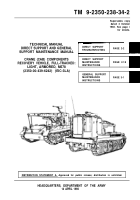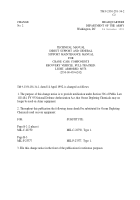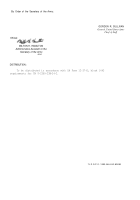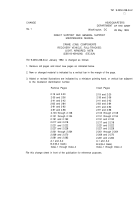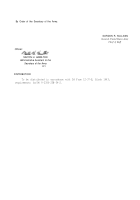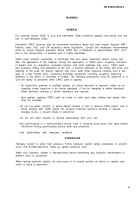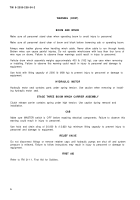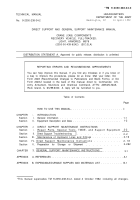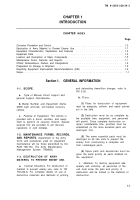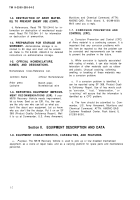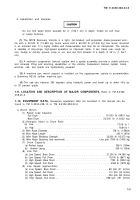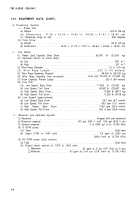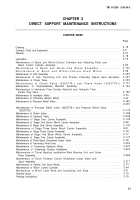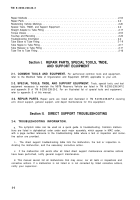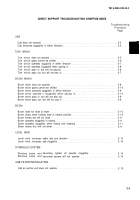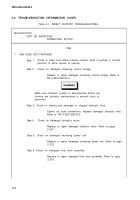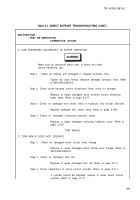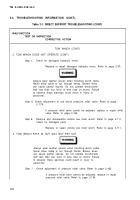TM-9-2350-238-34-2 - Page 6 of 327
TM 9-2350-238-34-2
WARNING
GENERAL
Dry cleaning solvent (SD2) is toxic and flammable. Wear protective goggles and gloves and use
only in well-ventilated areas.
Unusuable CARC mixtures may be considered hazardous waste and may require disposal IAW
Federal, state, DoD, and DA hazardous waste regulations. Consult the installation environmental
office for proper disposal guidance. Mixed CARC has a flashpoint of approximately 38°F (3°C)
due to the incorporation of solvents and is highly flammable.
CARC paint contains isocyanate, a constituent that can cause respiratory effects during and
after the application of the material. During the application of CARC paint, coughing, shortness
of breath, pain on respiration, increased sputum, and chest tightness may occur. CARC paint
also produces itching and reddening of the skin, a burning sensation of the throat and nose, and
watering of the eyes. An allergic reaction may occur after initial exposure (ranging from a few
days to a few months later), producing asthmatic symptoms including coughing, wheezing,
tightness in the chest, or shortness of breath. The following precautions must be observed to in-
sure the safety of personnel when CARC paint is applied.
• For brush/roller painting in confined spaces, an airline respirator is required, unless an air
sampling shows exposure to be below standards. If the air sampling is below standards,
either chemical cartridge or airline respirators are required.
• Spot painters applying CARC paint by brush or roller must wear clothing and gloves affor-
ding full coverage.
•
Do not use water, alcohol, or amine based solvents to thin or remove CARC paints. Use of
these solvents with CARC paints can produce chemical reactions resulting in nausea,
disease, burns, or severe illness to personnel.
•
Do not use paint solvents to remove paint/coating from your skin
•
Mix paint/coating in a well-ventilated mixing room or spraying area away from open flames.
Personnel mixing paint/coating should wear eye protection.
•
Use
paint/coating
with
adequate
ventilation.
HYDRAULICS
Hydraulic system is under high pressure. Follow hydraulic system safety procedures to prevent
injury (TM 9-2350-238-20-2). Wipe up spilled hydraulic fluid.
Make sure hydraulic system is depressurized before performing any hydraulic maintenance to
prevent injury to personnel.
When testing hydraulic system, be sure boom is in stowed position as failure of system may
result in injury to personnel.
a
Back to Top

